Affiliate links on Android Authority may earn us a commission. Learn more.
Is wireless charging dead? Does it even matter?
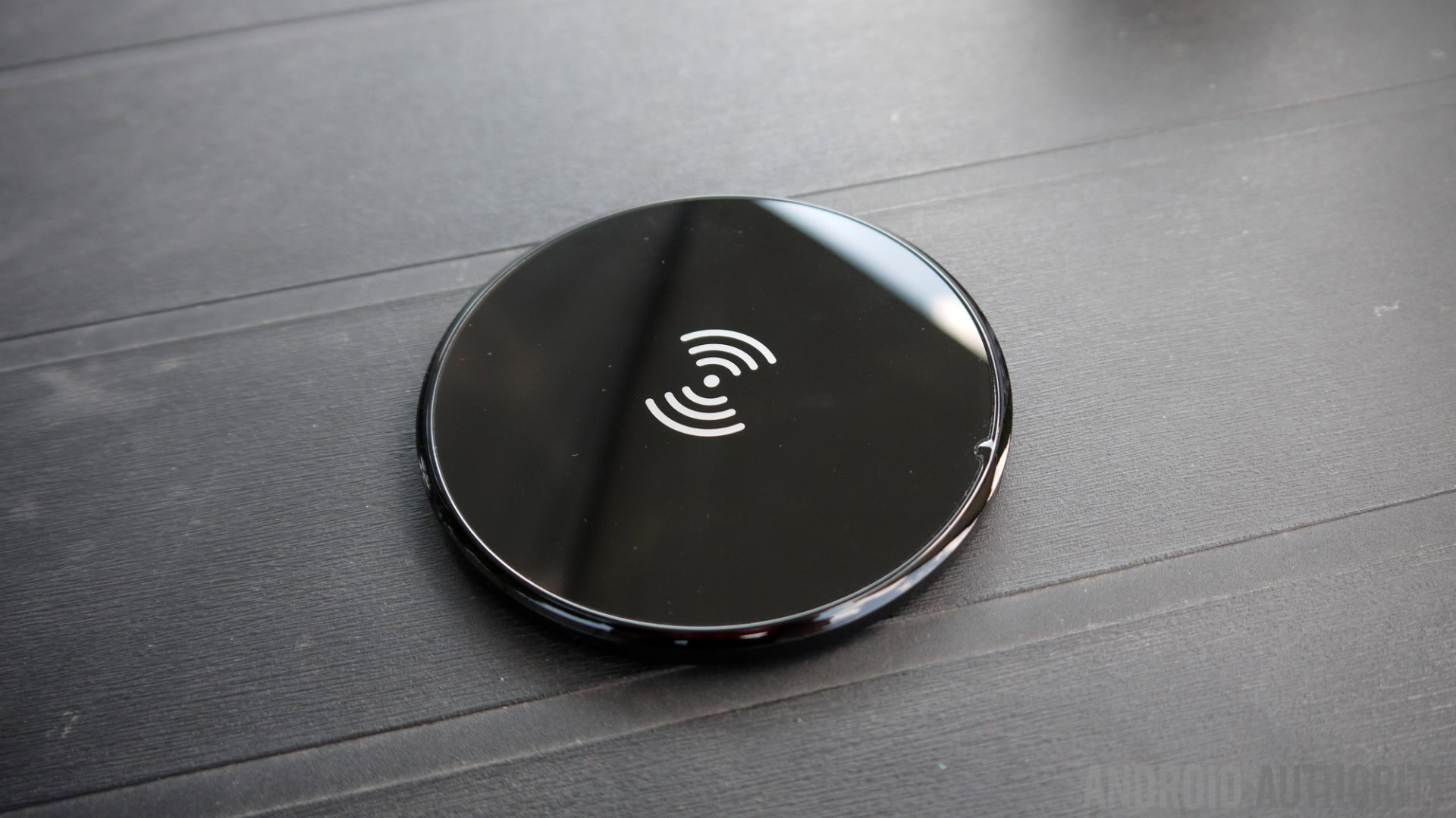
Wireless charging has long promised a convenient alternative charging method for phones and tablets. For the past few years, various standard promoters have teamed up with automotive, furniture, and even coffee businesses to create a world where wireless power is always within reach.
Despite all that, the technology has dipped in and out of popularity and still doesn’t seem like a major selling point for many consumers. Now that both Apple and Samsung support a unified standard, perhaps things will change?
Getting on the same page
Historically, the big problem with wireless charging has been the lack of a unified standard. Qi, PMA, and AirFuel all had their own pros and cons, and having multiple competing standards made investing difficult. Which standard should automotive manufacturers choose or how does a coffee shop pick one to install without alienating some users?
A partial workaround has been to support multiple standards, which Samsung does inside its flagship smartphones. This is clearly more expensive and a barrier to making the technology cheap and ubiquitous.
The Powermat (PMA & AirFuel) and Wireless Power Consortium (Qi) merger earlier this year should solve this particular problem. This development unifies most of the industry behind one technological standard. Powermat is now contributing its technology to the WPC, and the partnership will likely end up producing chargers with both Qi and PMA standards like its newest Charging Spot 4.0. Furthermore, the biggest smartphone brands are already implementing the Qi standard, found inside the Samsung Galaxy S series and the iPhone 8, 8 Plus, and iPhone X.
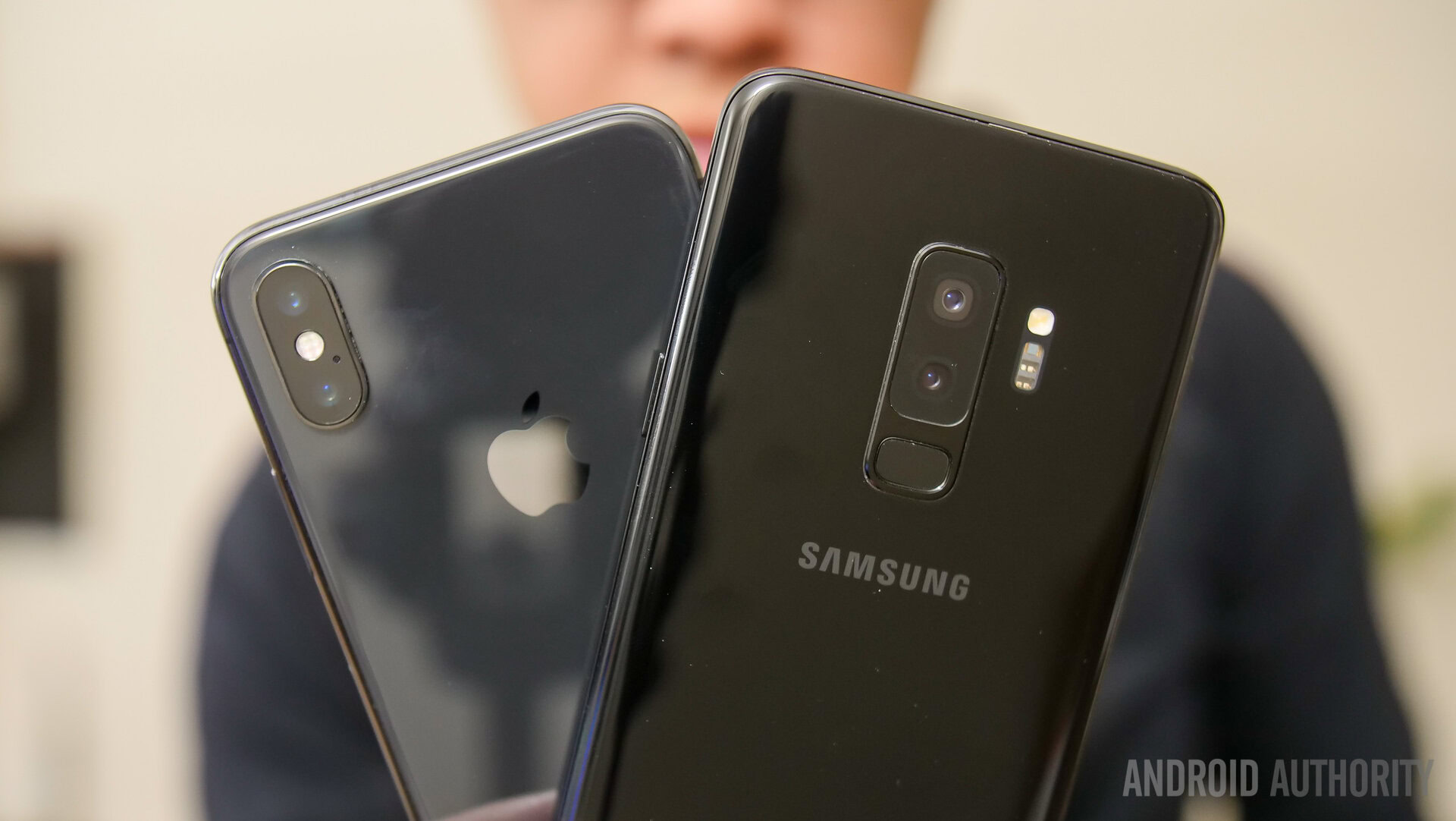
The install base is finally growing
Wireless charging support from Apple’s iPhone 8 and X ranges added an estimated 70 million or more wireless charging compatible handsets to the market. Combined with the millions of compatible Samsung Galaxy S and Galaxy Note handsets already on the market, and contributions from other smartphone lines occasionally, and the wireless charging market has never had more potential than it currently does.
However, the technology is still reserved for the flagship tier of the market. IPhone adoption is a big deal in the U.S. and could kick start the wireless charging market, the global picture is rather different. Other leading brands in markets like China aren’t selling high-end phones equipped with wireless charging. In fact, the number of flagship phones shipping with wireless charging is still limited, and mid-range and more budget-conscious consumers remain left out of the market almost entirely.
We’ve tracked over 100 major smartphone releases over the past five years to see if brands are finally adopting wireless charging or not.
The graph reveals the up and down popularity of the technology, from plenty of experimentation in 2014-2015 to the lull in 2016. This year there’s been a resurgence, with more manufacturers willing to include the technology out of the box. Once we include the yet to come Galaxy Note 9, LG V40, and this year’s iPhone, 2018 could actually be the biggest year yet for wireless charging. Throw in the ever-expanding range of wireless charging add-ons, accessories, and cases, and the market doesn’t look half bad.
Samsung, and perhaps LG, have been the only manufacturers committed to wireless charging over the long term.
Remember, Apple and Samsung sales account most of the smartphone market. With these companies on board, wireless charging has gained a substantial installed base regardless of what the smaller manufacturers do. This could be just another experimental phase for most manufacturers, or it could be the meaningful breakthrough wireless charging has been searching for.
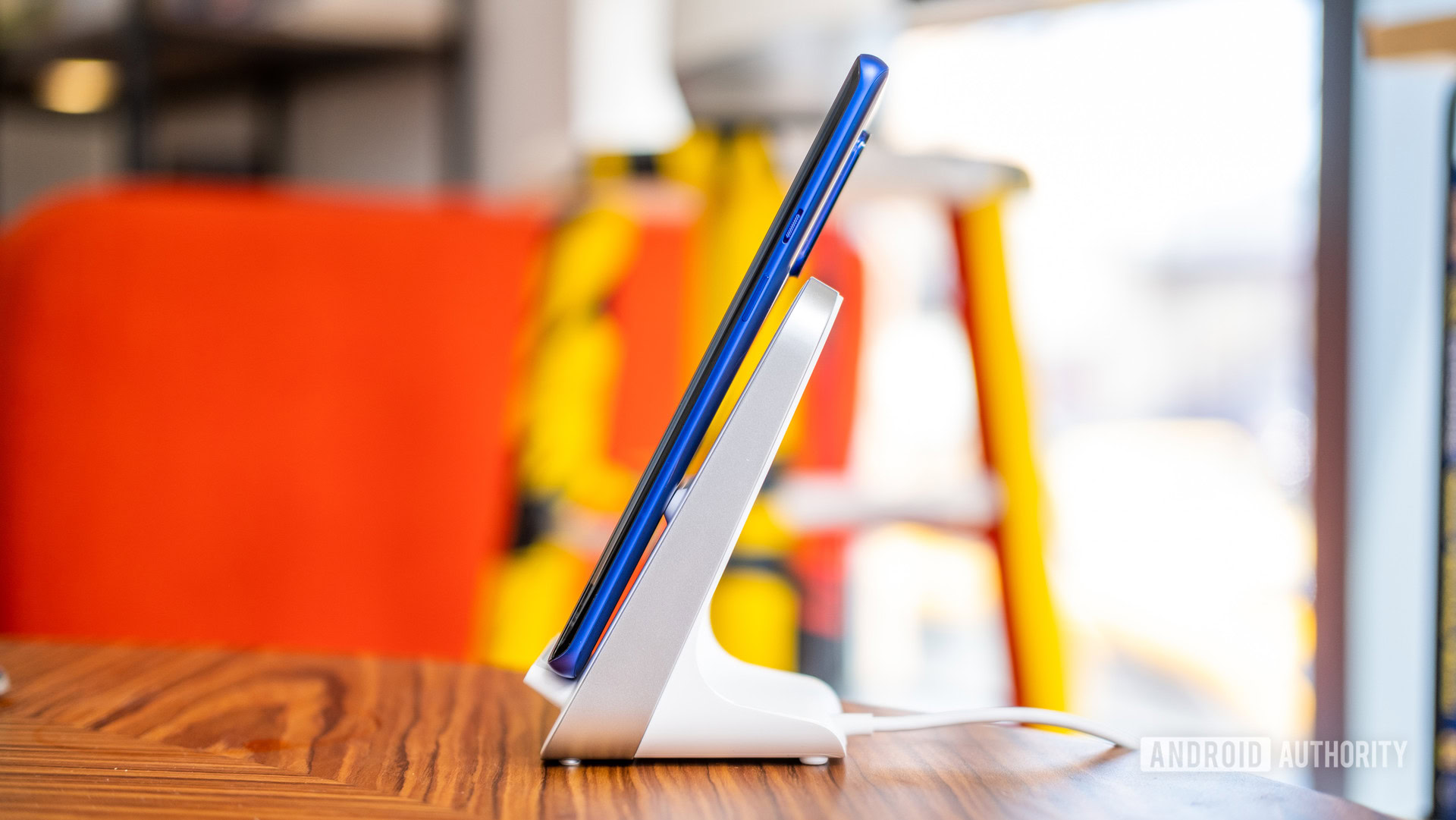
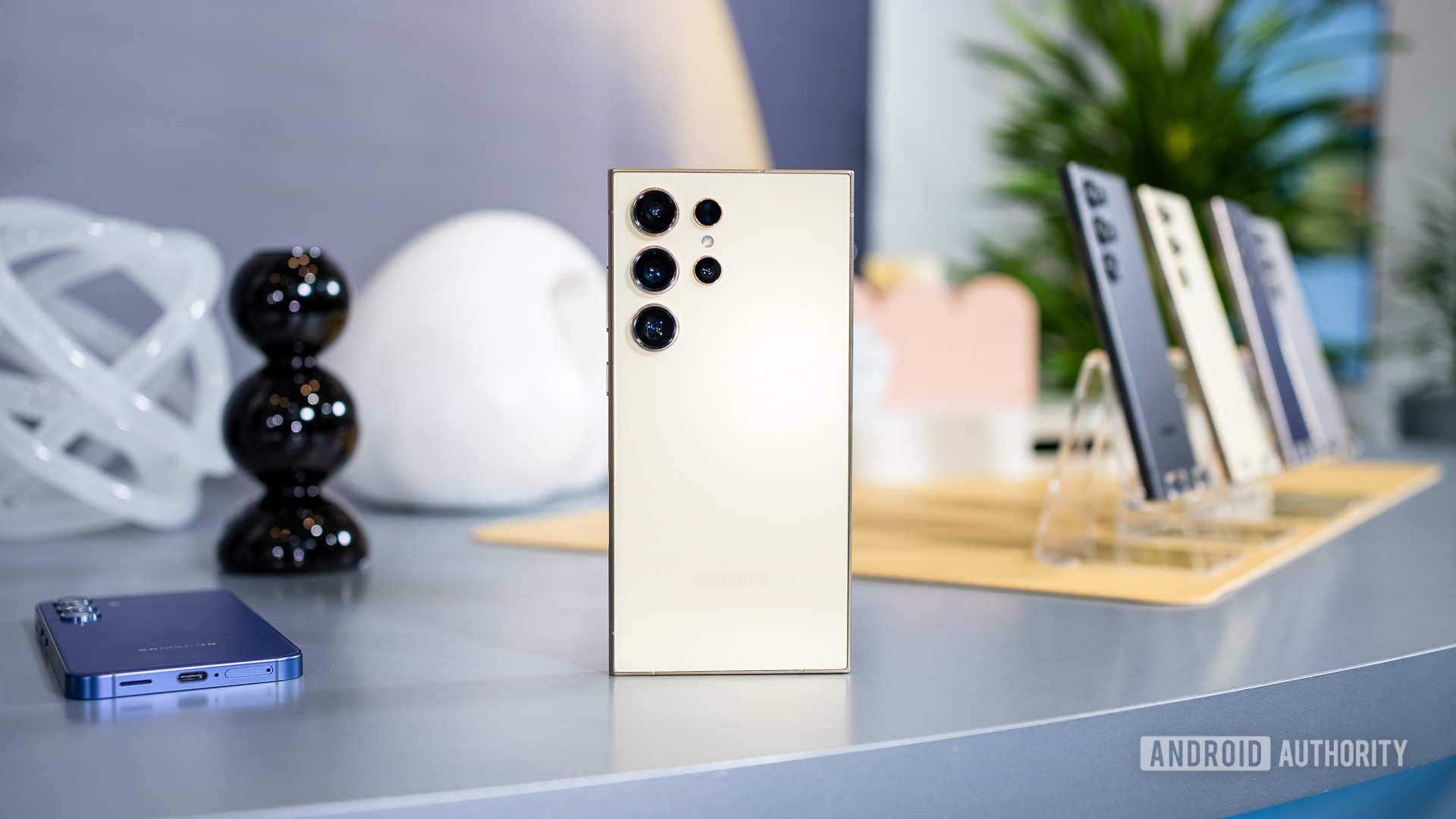
Will wireless charging become mainstream?
Currently, wireless charging persists in a zombie state — it’s neither majorly popular, nor is it dead. For every consumer unaware of this feature, you’ll easily find another who swears by it.
Fortunately, a few recent smartphone trends are assisting adoption. The growth of glass-backed phones and the decline of metal handsets is a major factor. Metal and wireless charging don’t mix very well (although it can be done). Glass has no such problems.
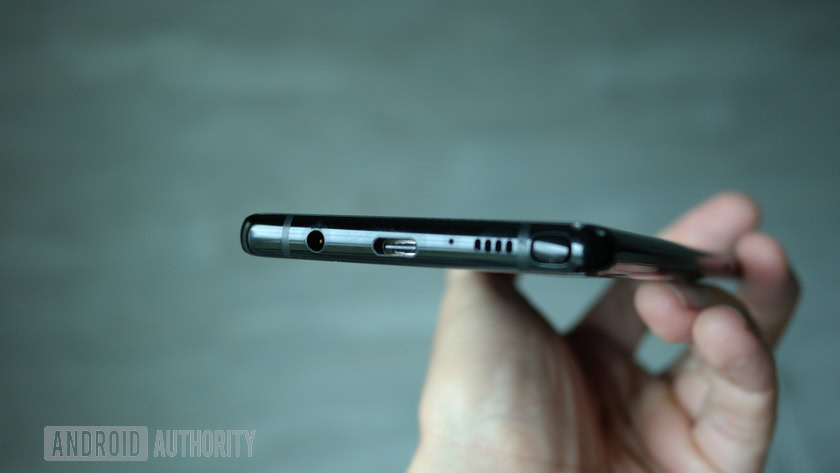
Even so, wireless charging doesn’t necessarily cater to the major needs of today’s consumers. Fast charging tech has gained popularity faster, better fulfill our need to top up our phones throughout the day. Wireless charging still isn’t as fast. Readers have told us fast charging is by far the greater priority over the convenience of wireless charging, and manufacturers will likely continue to view it as a niche optional extra rather than a feature with mainstream appeal. Of course, having both is great too.
Charging wirelessly needs to be about more than just power to break this trend.
The automotive space is leading here, pushing for wireless charging docks to enable features like driver detection and personalized profiles, digital keys, quick Bluetooth pairing, vehicle diagnostics, and even as a payment terminal for gas. The popular Qi standard offers data speeds limited to just 2kbps, too slow for anything more than a small data handshake. However, this is perfectly serviceable for pairing a device with another protocol, such as NFC, Bluetooth, Wi-Fi, or wireless USB.
Wireless charging docks could become communication hubs for completely wireless devices in the future.
The Essential Phone is ahead of the curve in this regard, boasting wireless USB pins to power a variety of accessories. Apple appears to have a similar vision in mind too. In the future, wireless data could form the backbone of how accessories and devices communicate with each other rather than a physical USB cable. Docks could be one of the main ways to facilitate easy pairing and hub communications.
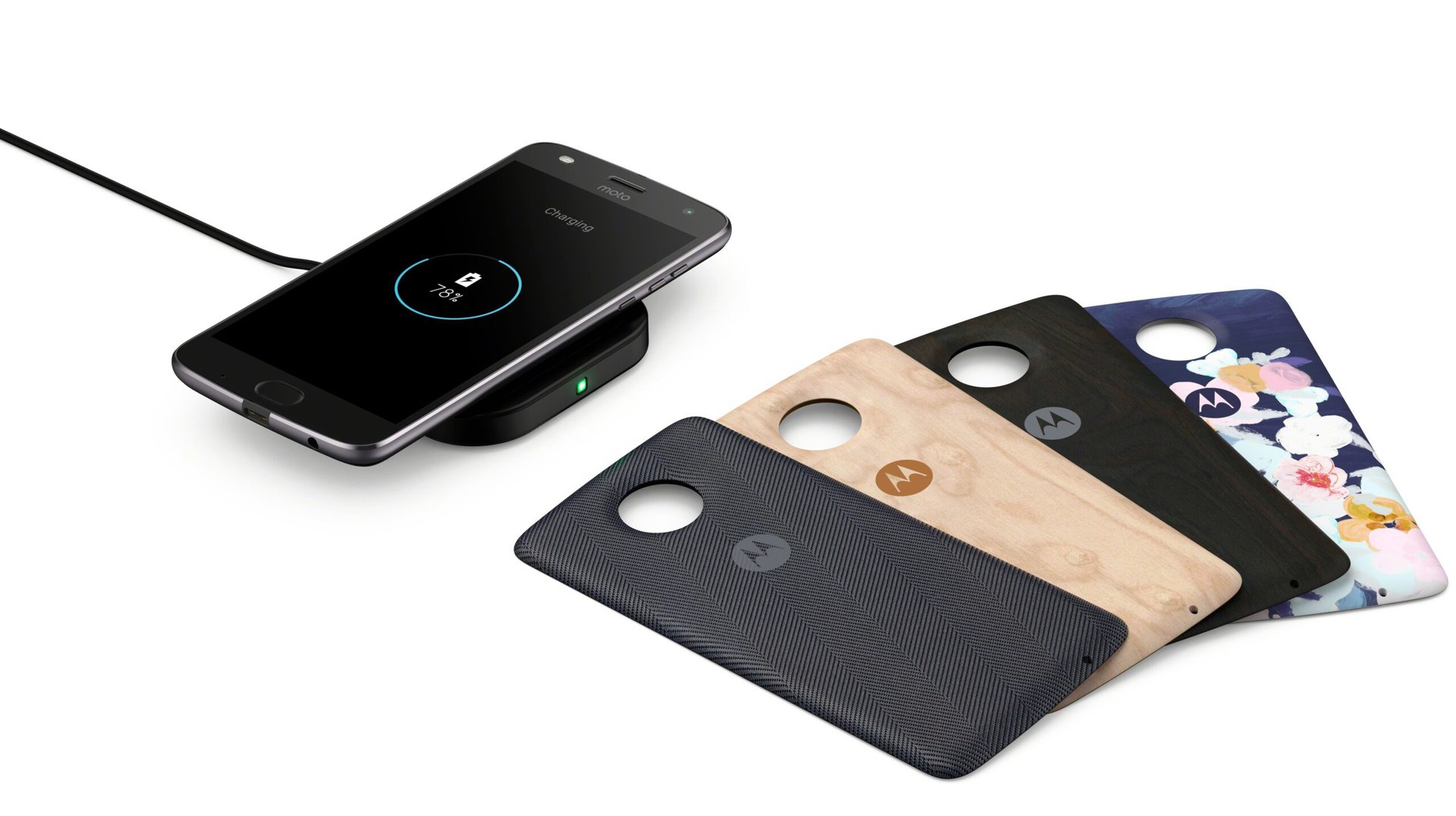
Wrap up
At the moment, most consumers aren’t too bothered about wireless charging, or at least they’d purchase phones based on aesthetics, fast charging, or other capabilities. Wireless charging isn’t dead, but mainstream adoption still feels a ways off, even with Apple now on board.
The best wireless charging has to offer could yet lie ahead though. The technology may end up forming the backbone of truly portless, wireless smartphones and other products — provided the industry decides to ditch charging cables like it’s ditched audio cables.